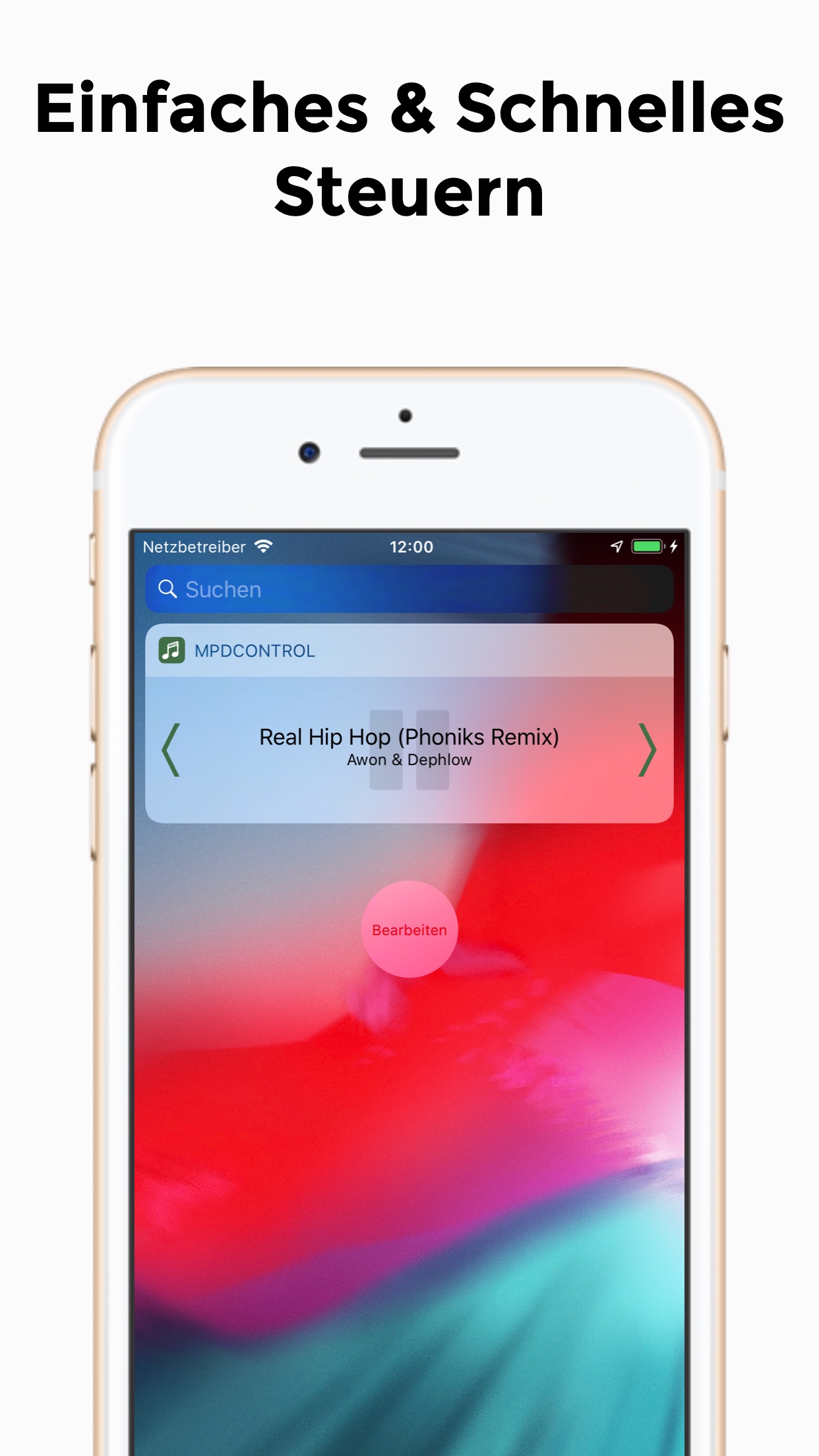Some time ago I detailed a simple hack for making MPD work with AirPlay. I considered it just that, a simple hack. I wanted something better even then, and my recent revelation that MP3 sucks just made it all the more necessary. I also hated having to use iTunes for my special music. So at last I now present the best way I’ve found to make MPD work with AirPlay on the Mac.</p>
All Mac Wallpapers. Macbook Air Wallpapers Macbook Pro Wallpapers iMac Wallpapers All Mac Wallpapers Phone Wallpapers. Spring Wallpapers More. Cherry Blossom 7332 12. Spring White Blooms 3826 7. Fierce tiger 3700 8. Macbook Air Wallpapers More. Rain Drops 5 22593 20. Apple Sky Blue Aurora 22073 11. Live paint 20829 18. Macbook Pro Wallpapers. Find the best free stock images about mac wallpaper. Download all Mac Wallpapers and use them even for commercial projects.  Choose from hundreds of free MacBook wallpapers. Download HD wallpapers for free on Unsplash. Choose from a curated selection of Mac wallpapers for your mobile and desktop screens. Always free on Unsplash. HD App Wallpapers. HD Cars Wallpapers. HD Screen Wallpapers. HD Travel Wallpapers. HD iPhone Wallpapers; Download Free Mac Wallpapers. Nathan Anderson. Animals Images & Pictures. Fox Images & Pictures.
Choose from hundreds of free MacBook wallpapers. Download HD wallpapers for free on Unsplash. Choose from a curated selection of Mac wallpapers for your mobile and desktop screens. Always free on Unsplash. HD App Wallpapers. HD Cars Wallpapers. HD Screen Wallpapers. HD Travel Wallpapers. HD iPhone Wallpapers; Download Free Mac Wallpapers. Nathan Anderson. Animals Images & Pictures. Fox Images & Pictures.
Nov 24, 2011 Gnome Music Player Client (GMPC). Runs on Linux, Windows, Mac OS X. Of all the MPD client graphical apps, it is my favorite so far. It is a standalone app and I believe it is the oldest MPD app since I have been using it since 2003.
- The IP address of Alix will be used for MPD Client setting because MPD Client can find Alix in network with the IP address. The user should figure out the IP address of Alix and should enter it to the configuration of MPD Client program. Fortunately we can easily find the Alix's IP address from the status page of EasyMPD WEB GUI.
- The only thing I was missing was a good MPD client to control it. What I needed in a client. The server isn't running any kind of graphical user interface, so the only clients I can run directly on the server are ones that don't depend on a GUI. Perhaps surprisingly, there are quite a few MPD clients that run in a terminal window.
- A modern, open source MPD client for macOS. From the website: “Music Player Daemon (MPD) is a flexible, powerful, server-side application for playing music. Through plugins and libraries it can play a variety of sound files while being controlled by its network protocol.”.
- CoverGrid - A client for the Music Player Daemon (MPD), focusing on albums instead of single tracks. Mpdevil - A small GTK+ MPD client written in python. Persephone - A modern, native client for macOS. Quimup - QUIMUP is a client for the music player daemon (MPD) written in C and QT3 with focus on mouse handling and drag and drop.
This solution won’t suit everyone. The command line client works best, in other words you do things by typing commands instead of navigating through menus. They do make an unmaintained Mac client but I haven’t played with that yet. You can also get clients for your iPhone, iPod, or iPad. It’ll also cost you $25. That said, it works beautifully.
First, you need to install MPD. If you haven’t already, install XCode and MacPorts. Once installed, go to the terminal and type “sudo port install mpd mpc”. Enter your administrator password and it will install the daemon and a command line utility called mpc which comes in handy if you need to debug this, which you will.

Torrent Client For Mac
Now, create MPD’s configuration file. It comes with one in /opt/local/etc/mpd.conf, but I had to alter a few things. Either back that one up and overwrite it or just create a file called ~/.mpdconf. Put in the following contents:

</span>music_directory “~/Music”
playlist_directory “~/.mpd/playlists”
db_file “~/.mpd/database”
pid_file “~/.mpd/pid”
state_file “~/.mpd/state”
sticker_file “~/.mpd/sticker.sql”
port “6600”
auto_update “yes”
audio_output {
type “ao”
name “My Mac Device”
mixer_type “software”
}
Now create your user’s mpd directory by typing “mkdir ~/.mpd”. This should complete MPD’s setup.
This configuration file has some interesting features. It indexes your Music directory. Imagine iTunes without the mess of iTunes. It also uses the AO audio output. Once again xiph.org comes to the rescue with their cross-platform audio library. The default Mac audio output jittered.
You should test your setup at this point. Type “mpd” at a terminal prompt and the daemon should start. It will index your music the first time you run it. Type “mpc” to see the status. Hopefully you will see something like this:

Updating DB (#1) …
volume: 100% repeat: off random: off single: off consume: off
If it can’t connect then something went wrong. Check that you’ve done everything properly so far.
Mpd Client For Mac Installer
You may want to have a look at MPD’s and MPC’s manual pages. Just type “man mpd” for the daemon and “man mpc” for the client. You will want to learn the client’s commands. Feel free to try adding some music or a radio stream with “mpc add” and playing it with “mpc play”. “mpc stop” stops playback. To kill the MPD process, just type “mpd –kill”. You should do this before moving on.
Mpd
Assuming that worked, we can now move on to getting it working with AirPlay. You will need to download and purchase AirFoil. This awesome little program will pipe any audio over AirPlay. As a bonus, it will select the audio output to use. I love it!
Get started with Office 365 for free. Students and educators at eligible institutions can sign up for Office 365 Education for free, including Word, Excel, PowerPoint, OneNote, and now Microsoft Teams, plus additional classroom tools. Use your valid school email address to get started today. Mac microsoft office for free version. Start quickly with the most recent versions of Word, Excel, PowerPoint, Outlook, OneNote and OneDrive —combining the familiarity of Office and the unique Mac features you love. Work online or offline, on your own or with others in real time—whatever works for what you’re doing.
Once you get it going you will want to tell it to launch MPD. This part tripped me up. I emailed their excellent tech support and they suggested using option-click and selecting MPD’s process. This works, but unfortunately VoiceOver doesn’t handle option-clicking very well. I had to find another solution.
I decided I had to get AirFoil to run MPD. I tried launching MPD directly but it wouldn’t work. Then I got the idea to make a wrapper script to launch MPD. I whipped one up but that wouldn’t work either. It turns out I had to turn the shell script into an application bundle. Fortunately, this awesome little utility called Appify does just that.
I used that program to convert my shell script to an application bundle and it works like a charm. Simply download this file and unzip it into your /Applications directory. Now choose MPD Launcher from AirFoil and there you go!
Mpd Player
If you’ve followed everything then you should having a working MPD setup streaming its audio over AirPlay and over your chosen sound card. What a bargain! This really does provide the best of both worlds for those who like the command line but who also want AirPlay. You can also get mPoD for the iPhone/iPod and mPaD for the iPad, which will let you control this awesome setup from your iDevice. This gives a truly luxurious touch. You just can’t lose!
